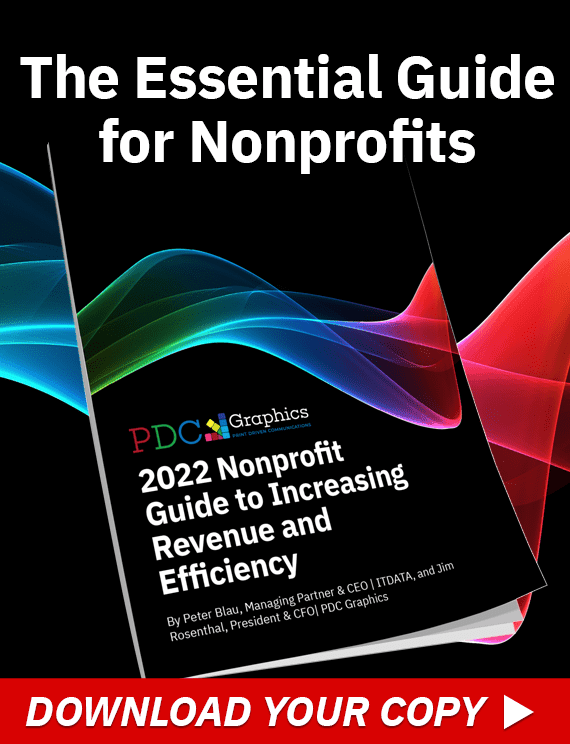Looking to improve healthcare direct mail response rates? Combining print with multichannel campaign tracking is one of the most effective ways to reach more patients, build trust, and see better ROI from your healthcare marketing.
Direct mail continues to be a valuable tool in healthcare because it’s personal, credible, and easy to understand. When you align it with digital channels like email and social media, you create a consistent message that encourages action—and gives you better data to track success.
In this article, you’ll learn:
- Why direct mail still works in healthcare
- How multichannel tracking increases campaign performance
- Simple strategies to improve healthcare mail response rates
Let’s explore how to get better results from your next campaign.
Why Tracking Matters in Healthcare Marketing
One of the most effective ways to improve direct mail response rates is by implementing performance tracking. Traditional print alone doesn’t offer much feedback — but multichannel tracking does. It helps you connect direct mail with online behavior, providing actionable data on engagement and conversions.
IQ Mail, for example, bridges the gap between print and digital by tracking how recipients engage with your healthcare marketing content.
Additional Tools for Tracking Print Marketing
To create a strong multichannel campaign, use tools that link physical mail with digital actions. Here are some essential components:
- QR codes: Guide recipients to landing pages or appointment forms.
- PURLs: Personalized URLs track individual behavior.
- Promo codes: Measure response from special offers.
When integrated correctly, these tools allow you to monitor site visits, form completions, bookings, and more — making it easier to adjust your strategy based on real results.
Explore more ways to enhance your direct mail marketing strategy.
Measure The Metrics That Matters
To improve healthcare direct mail response rates, you need to track more than just how many mailers were sent — you need to measure what actually moves the needle. The right performance metrics provide a clear picture of campaign effectiveness and help you refine your strategy over time.
Here are the key metrics to focus on:
- Response rate – How many recipients took action after receiving your mailer
- Cost per response – How efficiently you’re spending your marketing dollars
- Conversion rate – The percentage of recipients who completed a desired action, such as scheduling an appointment
- Customer (or patient) acquisition – How many new patients or contacts your campaign generated
- Patient retention – Whether your mailings are helping to keep patients engaged and returning for follow-ups or services
For healthcare organizations, it’s important to tie these metrics to real-world outcomes like appointment bookings, procedure completions, wellness program signups, or improved patient communication.
Want to see how this works in action? Learn how Penn Medicine’s Center for Health Care Innovation used personalized print marketing to boost patient engagement and outcomes.
Make It Personal: Why Customization Matters in Healthcare Mailings

Personalized direct mail consistently outperforms generic campaigns — and in healthcare marketing, the impact is even greater. Patients are more likely to engage when content feels relevant to their needs and experiences. Customization builds trust, strengthens patient relationships, and drives better response rates.
To improve healthcare direct mail response rates, consider these effective personalization tactics:
- Use names and demographic details to create a sense of familiarity
- Reference recent appointments or interactions to show continuity in care
- Tailor messaging based on health interests, care history, or wellness goals
- Highlight local providers or services to make communications more relevant
By integrating a solution like IQ Mail into your healthcare printing strategy, you can gather the behavioral data needed to deliver smarter, more targeted print campaigns that improve patient engagement.
Scale Personalization with Variable Data Printing (VDP)
Variable Data Printing (VDP) lets you scale personalization without sacrificing efficiency. VDP technology allows you to print hundreds or thousands of direct mail pieces — each customized with individual details — while maintaining a consistent design and brand look.
Examples of what you can personalize with VDP:
- Patient names, appointment details, or care instructions
- Health tips, statistics, or educational resources
- Services offered at nearby clinics or specific locations
- Promotions, reminders, or calls to action tailored to the recipient
This level of personalization helps healthcare organizations boost direct mail ROI, enhance the patient experience, and ultimately improve campaign results. Case in point: Penn Medicine’s Center for Health Care Innovation uses VDP to successfully increase screening rates and drive better outcomes across Philadelphia.
Work with a Trusted Healthcare Printing Company
Any modern healthcare marketing strategy should integrate both print and digital channels. That’s where we come in.
As a trusted healthcare printing company, PDC Graphics helps you improve campaign performance with multichannel tracking, print personalization, and data-driven strategy. See what our clients have to say by visiting our customer testimonials.
We’ve helped healthcare organizations improve campaign outcomes through smarter, more connected marketing.
Final Thoughts
If you’re ready to improve healthcare direct mail response rates, we’re here to help. At PDC Graphics, our team combines technology, creativity, and experience to deliver high-impact healthcare marketing solutions that get results.
Explore why healthcare brands choose us or contact us to talk about your goals.

